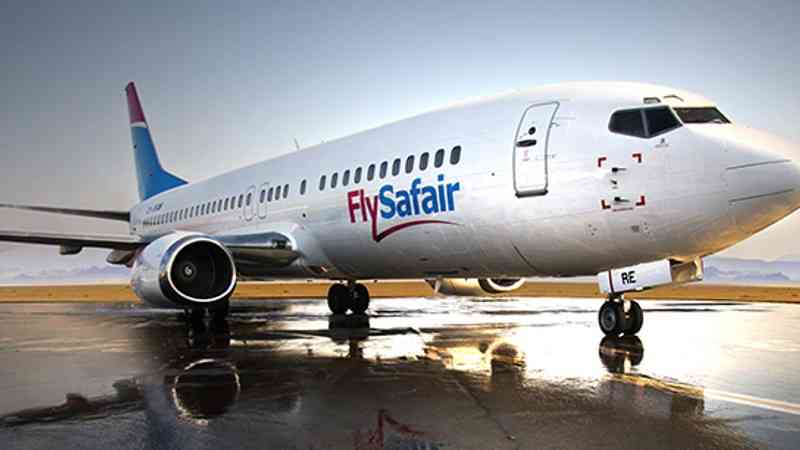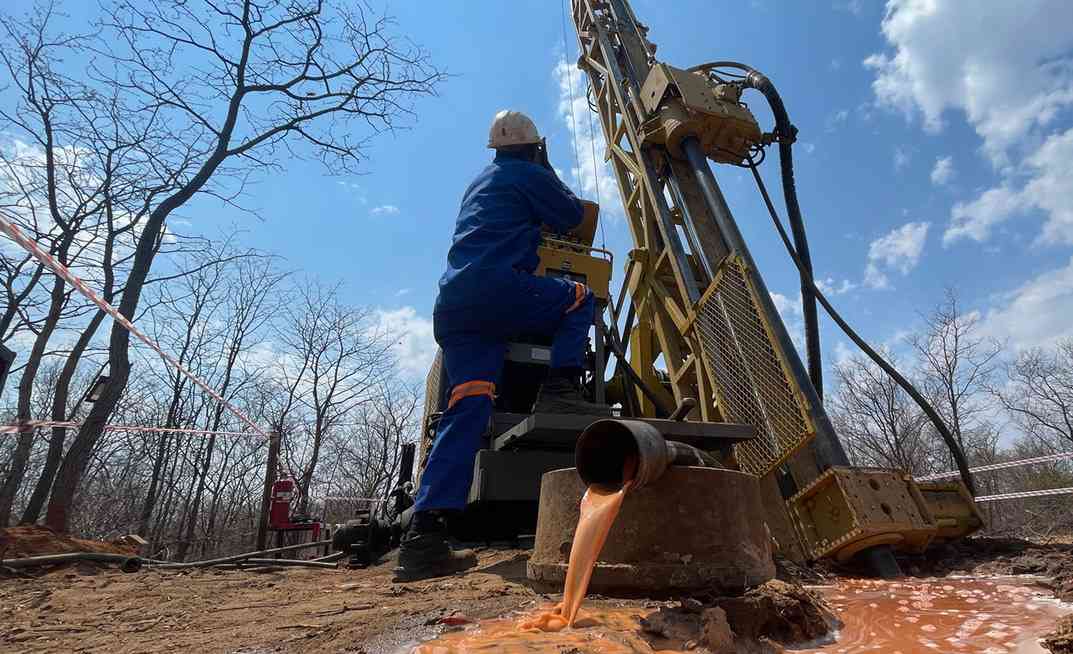
THE entry of new carriers, FlySafAir and CemAir into the Zimbabwean market is expected to increase access to the destination and drive up occupancy rates, according to local hoteliers.
This comes after the Civil Aviation Authority of Zimbabwe recently approved applications by the South African low-cost carriers FlySafAir and CemAir to fly into Harare and Victoria Falls.
The aviation regulator issued FlySafAir and CemAir airlines with foreign operator permits to ply the Harare and Victoria Falls routes.
In an interview with NewsDay Business, Hotel Association of Zimbabwe president Farai Chimba said the improvement of air services had a positive impact on the growth of the sector.
“Positive growth in the aviation sector and completion of the airport (Robert Gabriel Mugabe International Airport) works in Harare has been a solid anchor for improved access and this has reflected in occupancy growth,” he said.
“Recent addition of FlySafAir and CemAir are welcome developments in addition to Zambian Airways and Eswathini Air earlier in the air should drive access to a destination that has won several international awards this year making us the place to visit.”
Hotel executives believe the tourism industry, which had setbacks in 2019 and 2020 due to the COVID-19 pandemic, is seeing hotel occupancy rates reaching 80% of pre-COVID-19 levels.
This was after decisions by governments at the height of the COVID-19 scourge to ground airlines and restrict international travel pushed foreign tourist arrivals in Zimbabwe down by 90% in 2020 — the biggest plunge in 40 years.
- Airports Company strikes mega hotel deal
- Airports Company strikes mega hotel deal
- News in depth: Chinese firm yet to start airport job seven months after contract
- News in depth: Sneaking planes: Air traffic woes persist as govt promises elusive radar
Keep Reading
Chimba said they were expecting the resurgence in the travel to boost occupancies.
“We expect the strong resurgence in global and domestic travel to boost occupancies and surpass the 2019 and 2022 national average of 49%.
“On investments, key will be accommodation that complements meetings, incentives, conferences and exhibitions business and sports tourism which are volume driven at any given time,” he added.
Chimba said the licensing regime should also be reviewed to improve the business climate.
“The licensing remains a thorn in the flesh as this has a remarkable bearing on our operational costs. And calls have since been made to review it in order to help the sector attract more visitors and clients by providing a cheaper destination,” he said.
Tourism Business Council of Zimbabwe president Wengayi Nhau said air transport was a key tourism sector enabler.
“Air transport remains one of the main key enablers in the industry. We have a wide variety of choices of modes of transport like railways, high-speed trains and other executive airlines. If we were to develop this destination, we need to make sure we maximise our air accessibility to every part of the country,” he said.
“This will mean people will have an option of either flying or driving to those destinations. Some of the countries that are our source markets have less than two weeks holidays per annum. When they travel, they want to maximise on experiencing the destination in a short period.”










